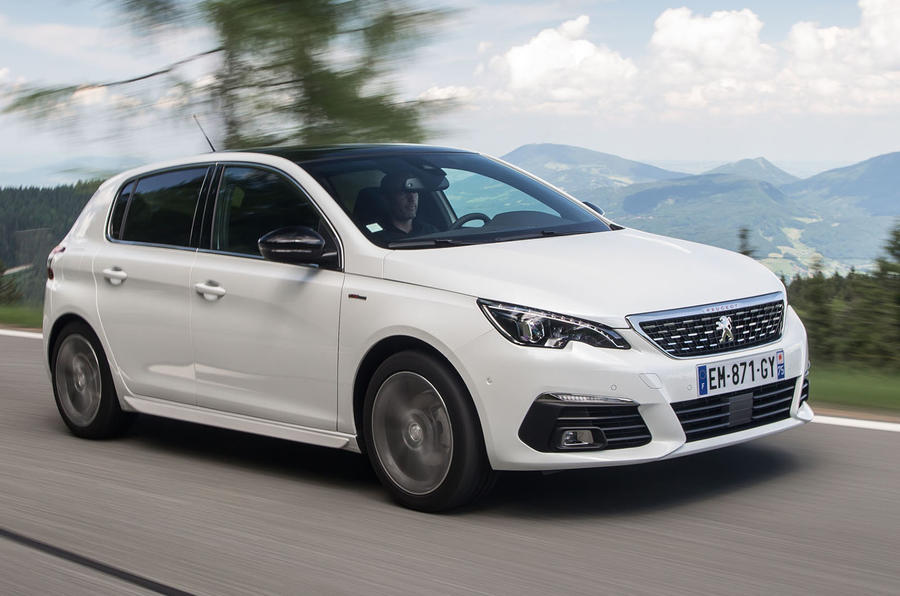What is it?
Peugeot’s mid-life facelift for the 308 hatchback is one done mostly by the book: a tweak of the grille, bumper and headlight styling here, an upgrade for the infotainment system there, and the cramming in of more safety kit and standard equipment, all for a slightly reduced price.
If the Peugeot 308 seems to have jumped up a long way in price, it may be because the old entry-level trim, Access, has been deleted, because very few Brits, as it turned out, wanted an £18,000 308 with steel wheels, ‘workout’ rear windows and no alarm as standard. Prices across the rest of the range have falled by an average of £650, which is quite generous given the extra kit you’re getting (we'll come to that later).
The most significant part of the 308’s ‘mid-cycle update’ is a new engine never used in any PSA Group product before: Peugeot’s DV5R 1.5-litre BlueHDI 130 diesel. With a combustion chamber design derived from that of the Peugeot 908 HDi FAP diesel Le Mans racer, the 128bhp engine will eventually replace the 1.6-litre BlueHDI diesel across the 308 range. And like the updated 128bhp 1.2-litre Puretech turbocharged petrol and the 178bhp range-topping diesel, the new 1.5-litre unit is already compliant with tight 'Euro-6c' emissions legislation. Due to be fully enforced in 2020, this clamps down on emissions of harmful nitrogen oxides (NOx) measured in real-world tests, rather than in a laboratory.
The new downsized diesel uses urea injection, selective catalytic reduction and a particulate trap to clean up its exhaust gases. If you’ve been worried about diesel emissions and want to buy as futureproof an oil-burning hatchback as possible this year, the 308 should probably be on your list.





























Join the debate
Add your comment
Enhine sound like a nightmare
School.
I hope the all new
£24,000
Nothing against the Pug it’s just the price.
VW prices from March 2017 by the way